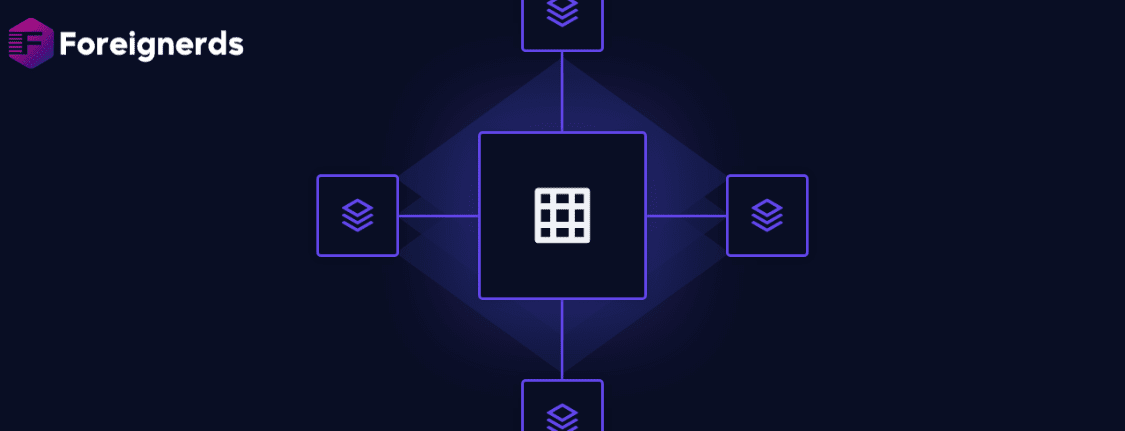- Home
- Design and Development
- Jamstack vs WordPress and other classic...

In the world of website creation, the choice of your platform can make or break your online presence. It’s not just about making a website, but about making it user-friendly and optimized for content creation. In this article, we’ll delve into the age-old question: Jamstack vs. WordPress. Which one should you choose? We’ll explore the benefits of each approach and how you can combine them for the best results in your web projects.
Let’s start by understanding the giant that is WordPress. Introduced in 2003, it has shaped the landscape of websites across the globe. Originally designed for blogging, it has evolved into a versatile tool for online stores, enterprise websites, news sites, and more. Its statistics are mind-boggling:
WordPress is the foundation of the internet we know today, but its popularity also makes it a frequent target for cyberattacks. However, there are ways to enhance WordPress’s security, and one such approach is to pair it with Jamstack, which we’ll explore further.
WordPress has empowered anyone to create a website effortlessly. With a few clicks, your website can be up and running, and managing content is a breeze. Users quickly adapt to the intuitive interface, and this familiarity keeps them loyal, even in the face of promising alternatives.
As convenient as WordPress is, it can’t do it all. With its popularity comes security concerns and scalability issues as websites built on WordPress attract more visitors. The growing demand for additional services and solutions has given rise to Jamstack.
Jamstack is a development architecture that prioritizes high performance, security, scalability, and cost-effective maintenance. What sets Jamstack apart from WordPress is its serverless approach. Instead of relying on a single server, it employs geographically dispersed servers to deliver fast, pre-rendered content via a content delivery network (CDN). However, it’s important to note that only developers, not website owners, can create Jamstack websites. This technical expertise necessitates collaboration with a Jamstack development agency.
Static sites are a key advantage of Jamstack. They are your website’s secret weapon, making it almost future-proof. Static site generators, like Gatsby.js and Next.js, handle the creation of static files. Your content is readily available on static pages, eliminating the need to fetch data from a server when a user visits your site. This results in exceptional speed and performance, giving you an edge over the competition.
From a website owner’s perspective, Jamstack offers robust security benefits. Its server-independent structure and static files make content readily available to end-users. This approach enhances content delivery, site performance, page speed, and search engine optimization. Jamstack excels at scaling, accommodating high traffic without compromising on speed and quality. Static files are inherently more secure, reducing security concerns compared to WordPress or other classic CMS.
You don’t have to choose between the convenience of WordPress and the benefits of Jamstack. Combining WordPress as a headless CMS with Jamstack for the front-end is a powerful approach. Content creation remains user-friendly through WordPress, while Jamstack takes care of the rest, providing users with a fast and secure website. This combination is a popular choice among web developers and website owners, as it complements both platforms.
Apart from the technical aspects, two more compelling reasons support the combination of Jamstack and WordPress or other classic CMS.
WordPress is a prime target for hackers and automated bots, which seek vulnerabilities. Jamstack shields WordPress websites, enhancing their security by preventing these threats. The synergy between Jamstack and WordPress or other classic CMS results in more secure websites.
WordPress is a cost-effective choice initially. However, as your site gains popularity, costs increase due to higher traffic and the need for additional functionalities. Paid plugins further add to maintenance expenses. In contrast, Jamstack requires more upfront investment but offers cost stability over time. It effectively supports high-traffic websites without additional expenses.
The right choice depends on your specific needs and circumstances.
If Jamstack aligns with your needs, consider exploring the options available through a Jamstack development agency for your site or app.
The Jamstack developer community is expanding rapidly. According to a 2021 survey, Jamstack is widely adopted in various industries, with the highest usage in advertising, marketing, media, publishing, and the technology sector. Notably, B2B software development is on the rise, highlighting the importance of fast, high-performing, and secure websites for businesses.
A successful example of combining Jamstack and WordPress is the Regional Center for Blood Donation and Blood Treatment in Katowice. By using Jamstack with WordPress as a headless CMS, they efficiently managed data for both their website and mobile application. This approach reduced development time and empowered the client to manage application elements independently.
You’re not locked into one platform when you choose Jamstack. Its structured foundation allows for seamless transitions between software companies or even in-house development.
There’s no one-size-fits-all solution in the digital world. If you seek a quick and budget-friendly website launch, WordPress is an excellent choice. However, for those prioritizing user-friendliness, security, scalability, and SEO, Jamstack is the path to take. The good news is that you don’t have to abandon WordPress; it can coexist with Jamstack, offering the best of both worlds. The decision ultimately depends on your specific goals and requirements.
© 2013 - 2025 Foreignerds. All Rights Reserved